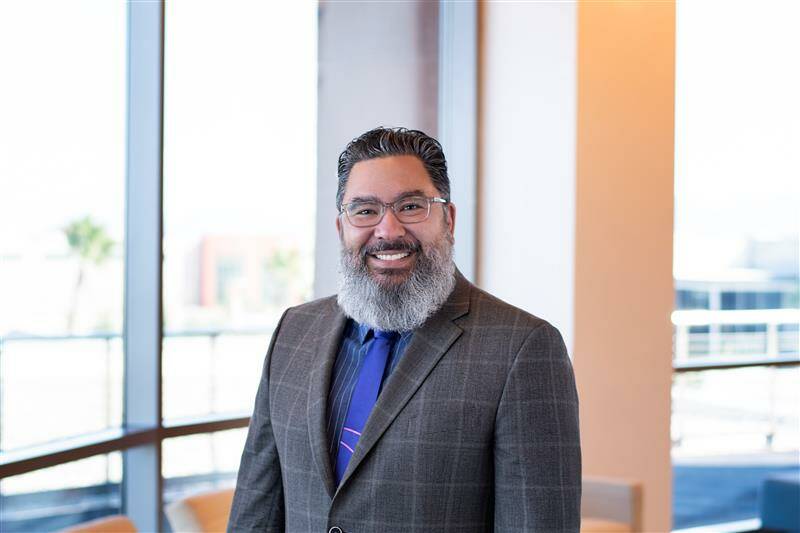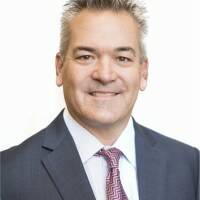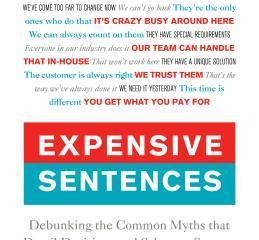Southern Nevada’s healthcare industry remains a work in progress but there’s optimism it’s headed in the right direction.
NAIOP Southern Nevada hosted a recent talk, “Taking the Pulse of Southern Nevada’s Healthcare Industry: Monitoring Growth and Development.”
The event brought together key leaders and innovators from across the healthcare and commercial real estate sectors to discuss the trends, challenges and opportunities shaping the region’s healthcare landscape. Panelists included Lawrence Barnard, president of Children’s Hospital of Nevada and assistant vice president of pediatrics of Intermountain Health Desert Region; Jeff Ruidl, senior vice president of Hammes Partners; and Bill War, licensed nursing home administrator of Green Valley Health and Wellness Suites.
Dan Palmeri, CBRE senior vice president who moderated the panel, talked about how Nevada ranks in the bottom 10 for healthcare system performance, but he added that Las Vegas remains a young city that’s trying to improve in that area.
“I think we’re seeing some change happening,” Palmeri said. “Healthcare providers, developers and investors are stepping up to meet the moment. There are new hospitals being planned and new outpatient facilities. I represent a couple of healthcare providers, and it’s the busiest stuff we’re working on. It’s good to see the momentum moving forward. We’re going to work on our nurses and doctors numbers, but we’re slowly getting better with our numbers.”
Barnard, who is heading up Las Vegas’ first stand-alone children’s hospital, called it a 40-year journey. There have been several attempts to do that and it should have been done 40 years ago, he noted.
“We have so many kids that are leaving the state to get care, and it’s not just tertiary high-level care but some of it is basic things they don’t have access to,” Barnard said. “A lot of you that have kids say it takes six months to get into this or that, and one of the things we have a hard time doing in this town is autism diagnoses. Those can take from two to three years. Think about being a parent and not knowing what’s going on with your kid for two to three years and not having an idea on how to help them.”
Barnard said he joined Intermountain for the children’s hospital project because it will be the largest investment in healthcare in recent history and is going to make the most impact for people.
“If this was a financial decision, I would say this is horrible and why are we doing this?,” Barnard said. “Pediatrics is not where you get a lot of ROI, but it’s the right thing to do. A lot of people are hoping this is the first in many investments in healthcare that will help. There’s a lot of great healthcare providers here — doctors and nurses — but what we haven’t done is integrate them all into one platform. We hope this will be an integration for pediatrics, and if that happens then people will say if we’re getting it here; why aren’t we getting it in this area. We will start to see that growth as well.”
The children’s hospital will be located at UNLV’s Harry Reid Research and Technology Park. Groundbreaking is expected in early 2026, with the hospital projected to open by 2030.
The 200-bed hospital will provide highly specialized care for children and families in Nevada, give the state a $724 million economic boost during five years of anticipated construction, and deliver $841 million in annual economic output once the hospital opens, according to an independent research study conducted by Applied Analysis.
Barnard said the implementation of tariffs by the Trump Administration has sharply increased construction costs for the hospital project.
“For a billion dollars, in my mind, it feels like it should look like Raiders stadium, but I don’t think the hospital is going to look like Raiders stadium,” Barnard said. “You think it would be less because it’s smaller, but it’s three times more because you don’t need that many in the world. Construction has been a little bit of an issue because of costs, but we’re starting systematic design. We’ve got a construction company, and we’re far along. We’re hoping February of next year is the groundbreaking, and then 2030 is when we open doors.”
Barnard said what’s going to be difficult about improving healthcare in the future is what’s not currently located in Las Vegas already. For example, there’s one pediatric neurosurgeon in the state that covers Las Vegas and Reno.
“As a town we’re young,” Barnard said. “We’ve been able to patchwork what we need to do to move forward. There are areas like cardiology that are nationally recognized, and then there are areas where one person in the state can diagnose autism. When you add all of these little things, all of a sudden you have a big gap. I thought the hospital would be the hardest thing we do and timing wise that took forever. Now, I’m like that was easy compared to how we find the doctors that don’t exist here. It’s the same issue we have in every other industry that I want to know about healthcare and public schools. It’s going to be an uphill battle. It’s going to take everyone in town to say we need this and deserve this and how do we get people to want to come here.”
Ruidl said outpatient medical facilities “are a tremendous product type and a star of the show” that’s generated a lot of institutional interest over the last decade. Some 70 percent of surgeries are performed in an outpatient setting, he said.
“We love this market, and I wish there was more for us to do here,” Ruidl said. “We certainly hope there will be.”
Southern Nevada is a desirable area with strong income growth, job growth and a diversified economy, Ruidl said.
“It’s a place Hammes and all of my competitors really love to invest in,” Ruidl said. “All of your medical office buildings are performing extremely well. It’s 90 percent to 92 percent occupancy. Compared to other markets, you have very limited purpose-built facilities. It’s a huge opportunity for developers in the room because there’s a dearth of product.”
Ruidl said Nevada ranks 48th of 50 states when it comes to primary physicians per capita, which shows the opportunity for that continued growth.
War said Nevada has 67 nursing homes with 7,200 beds and about 80 percent occupancy. The state isn’t in a position where it needs more beds unlike a decade ago.
“We’re in a much better position now,” War said. “We’re going to need more nursing homes, but I just don’t know what that’s going to look like or if the same type of services will be needed.”











